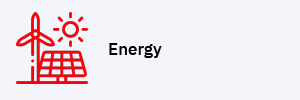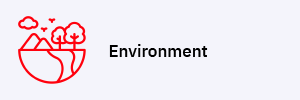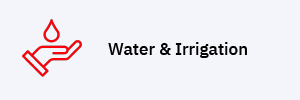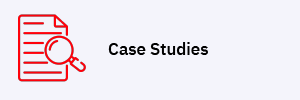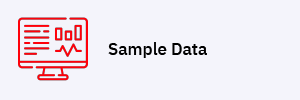A Better Connected World by Facebook
Life without internet is difficult to imagine isn’t it? But the scenario for about 10 % of world population is something different. This part of the world does not have access to basic facilities let alone internet. But this is about to change as Mark Zuckerberg had decided to dive into population dynamics. The connectivity lab of The Facebook has been working on an interdisciplinary project which encompasses data science, artificial intelligence and remote sensing to prepare population maps of 20 countries: Algeria, Burkina-Faso, Cameron, Egypt, Ethiopia, Ghana, India, and Ivory–Coast, Kenya, Madagascar, Mozambique, Nigeria, South – Africa, Srilanka, Tanzania, Uganda, Ukraine and Uzbekistan. Census data previously available was from Columbia University has a very coarse resolution.
DigitalGlobe’s high-resolution images (about 50 cm resolution) became a crucial part of this project. Numerous machine learning algorithms were used to train the algorithm, the neural network used buildings as a representative for human habitations. But the procedure was not as simple as it sounds. Facebook had mentioned that the company analyzed 21.6 million square kilometers of these 20 countries and the neural network had to analyze 14.6 billion images which are more than ten times the images analyzed by the company every day. Facebook teamed up with DigitalGlobe`s Big data Initiative for data processing and image processing techniques. DigitalGlobe applied their best algorithms to convert the information content in these pixels into interpretable human population data. DigitalGlobe`s dataset consisted of high-resolution images of the past five years. The dataset consisted of RGB images of the visible part of the spectrum. This data covered 97% of the landmass of those 20 countries but for completely cloud-covered regions the comprehensive dataset of Galantis Inc. and Viacom came to the rescue. The initial step of this project was to identify the population dispersion over the vast expanse of land, so “candidate areas” were selected which were 30 m by 30 m regions. Next feature extraction was done using Facebook`s image recognition engine and a convolutional neural network as the classifiers had to be trained to have efficient identification of population dispersion. A clustering algorithm had to be applied for the statistical analysis of the population densities. DigitalGlobe is of the opinion that the resulting 5 meters resolution population density maps have unprecedented spatial granularity which is first of its kind.
Existing population distribution data (Gridded Population of the world dataset (GPW) of a coastal region of Kenya (Image courtesy: Digital Globe Blog)
New Facebook estimated Population Distribution. (Image courtesy: Digital Globe Blog)
Right Digital Globe image of Navisha and Facebook’s Population map on the right (Image courtesy: The Atlantic)
After pinpointing the isolated populations Facebook plans to launch solar powered Drones code named “Aquila”. According to Yale Maguire, the engineering director of the Connectivity Lab of Facebook, Aquila will beam these remote populations with laser beams to provide them with internet connectivity. But Facebook is not alone in this, its greatest competitor The Google has decided to deploy helium balloons over these remote locations under their project named the “Project Loon”.Facebook will make this data publicly available as announced at the Mobile World Congress in Barcelona Feb-22,2016 and this opens the door for a wide range of new ventures across a wide range of application .These maps will serve as catalyst for sustainable development and serve as a very important tool in times of disasters and epidemic.


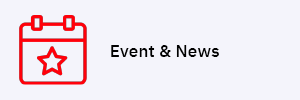

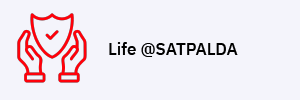
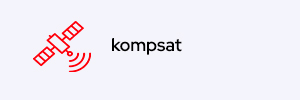




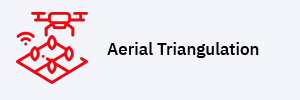
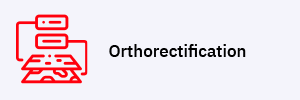
.png)
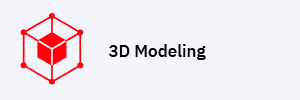


.png)
.png)
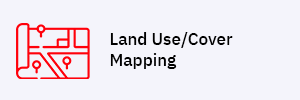
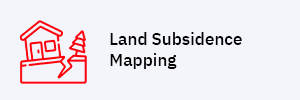
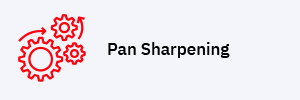
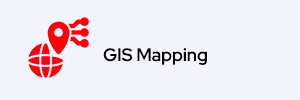
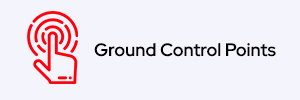

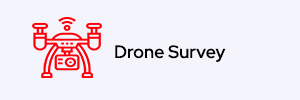
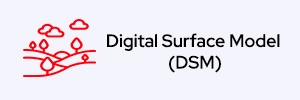
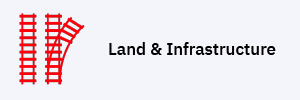
.png)
